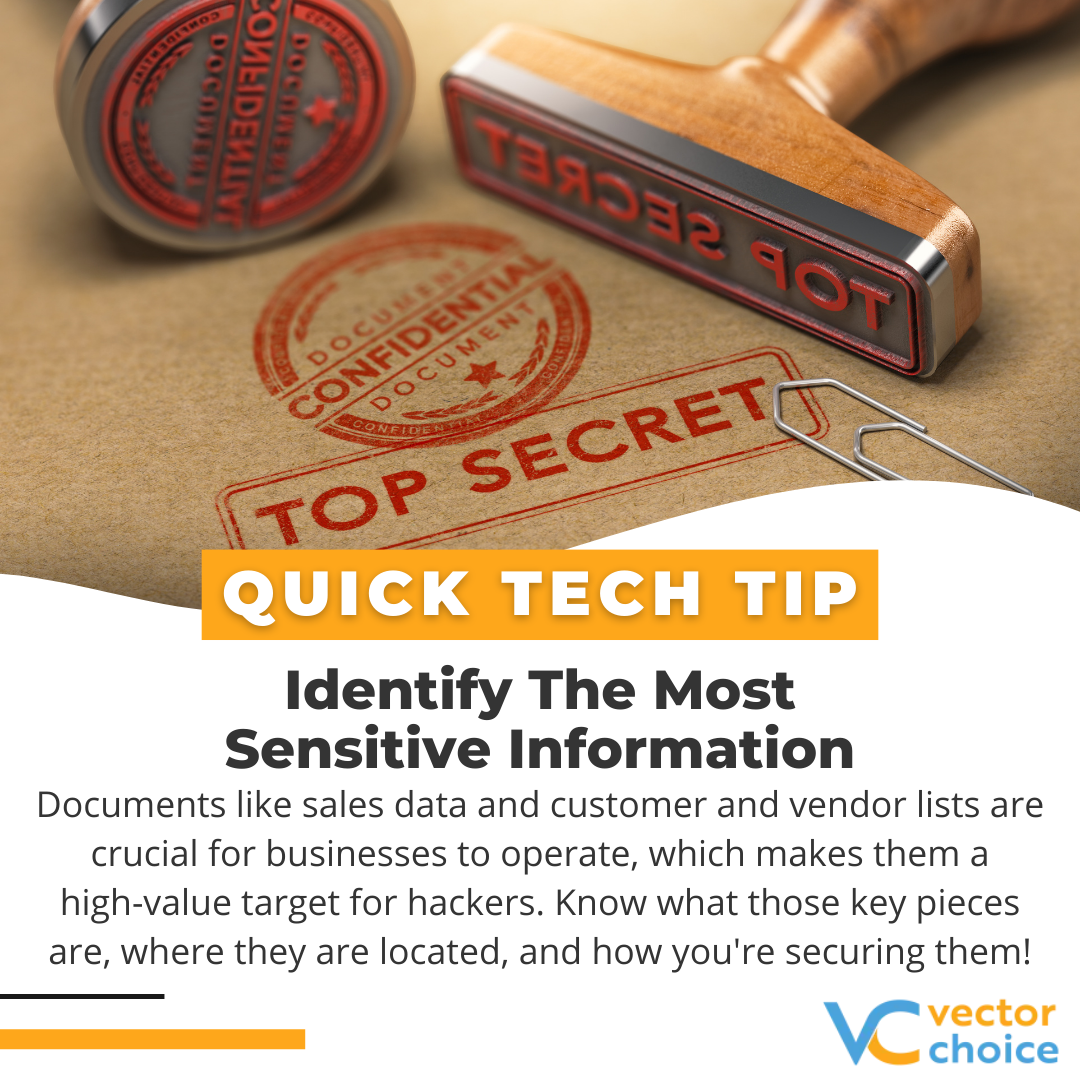Ransomware continues to be a significant threat to businesses of all sizes and across all industries. These malicious software programs encrypt your data, rendering it inaccessible until a ransom is paid. The financial impact can be devastating, not to mention the operational downtime and reputational damage.
This blog post aims to empower you, the business owner, with the knowledge to identify and mitigate ransomware threats. We'll explore recent trends, common attack vectors, and best practices to safeguard your valuable data.
Recent Ransomware Landscape
Reports
indicate a rise in ransomware attacks in 2023, with LockBit being a
particularly prevalent variant. These attacks often target vulnerabilities in
software or exploit human error to gain access to systems.
While some high-profile attacks have targeted critical infrastructure, no
industry is immune. The media, finance, and legal sectors have all seen a
significant number of incidents.
How Ransomware Attacks Work
Here's
a simplified breakdown of a typical ransomware attack:
- Infection: The attacker gains
access to your system through phishing emails, malicious attachments,
unpatched software, or compromised RDP connections.
- Encryption: The ransomware
program infiltrates your network and starts encrypting your data files.
- Extortion Demand: A message pops up on your screen, demanding a ransom payment to decrypt the data.
Protecting Your Business: A Multi-Layered Approach
There's
no single solution to prevent ransomware attacks. A layered defense strategy is
crucial:
- Employee Education: Regular training on
identifying phishing attempts and cyber hygiene best practices can
significantly reduce the risk of human error.
- Software Updates: Implement a rigorous
patching schedule to address vulnerabilities in operating systems,
applications, and firmware.
- Data Backups: Maintain robust
backup systems with offline storage to restore your data in case of an
attack.
- Multi-Factor
Authentication (MFA): MFA adds an extra layer of security by requiring a
second verification factor beyond a simple username and password.
- Security Solutions: Consider endpoint
detection and response (EDR) tools to monitor your network for suspicious
activity and advanced security software that can detect and block
ransomware attempts.
- Incident Response
Plan: Develop a clear incident response plan that outlines
the steps to take if a ransomware attack occurs, minimizing downtime and
ensuring a swift recovery.
Vector Choice Advantage
Vector
Choice can be a valuable partner in your cybersecurity strategy. We can offer
expertise in implementing security solutions, managing data backups, and
providing ongoing monitoring and threat detection.
By
working with a trusted MSP and following these best practices, you can
significantly reduce the risk of a ransomware attack crippling your business.
Remember, prevention is always better than cure.
Contact us today for further information on ransomware and how we can help you protect your business.


